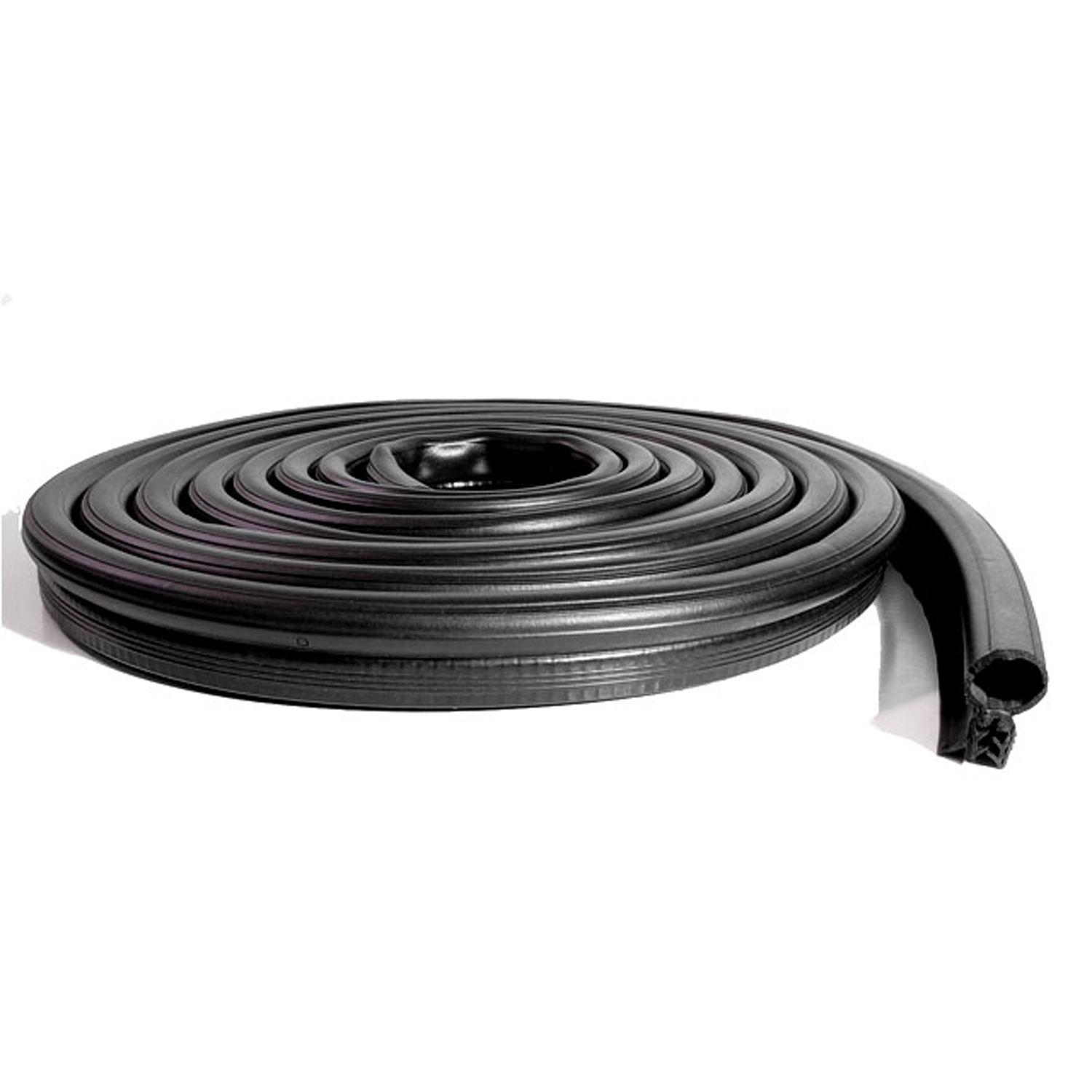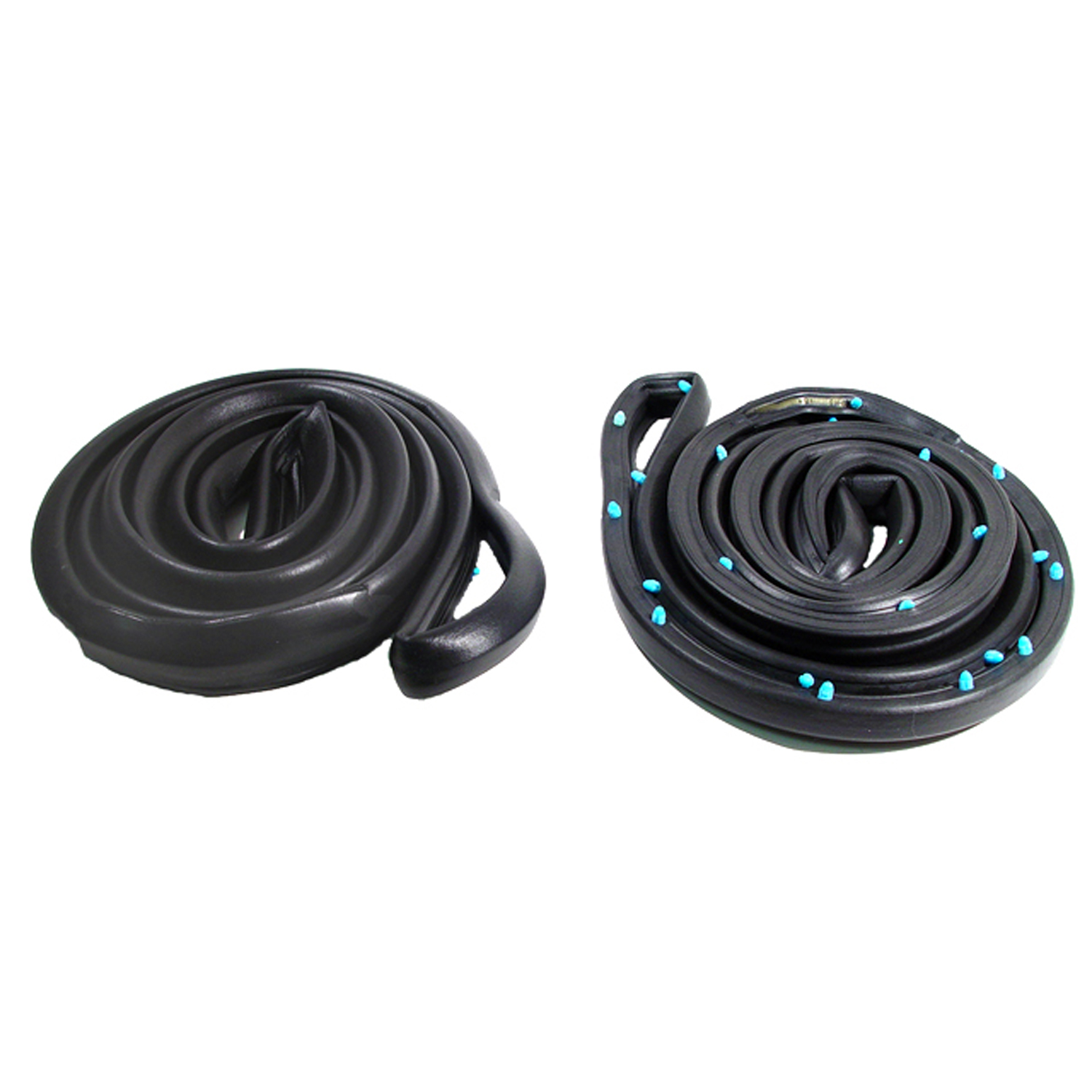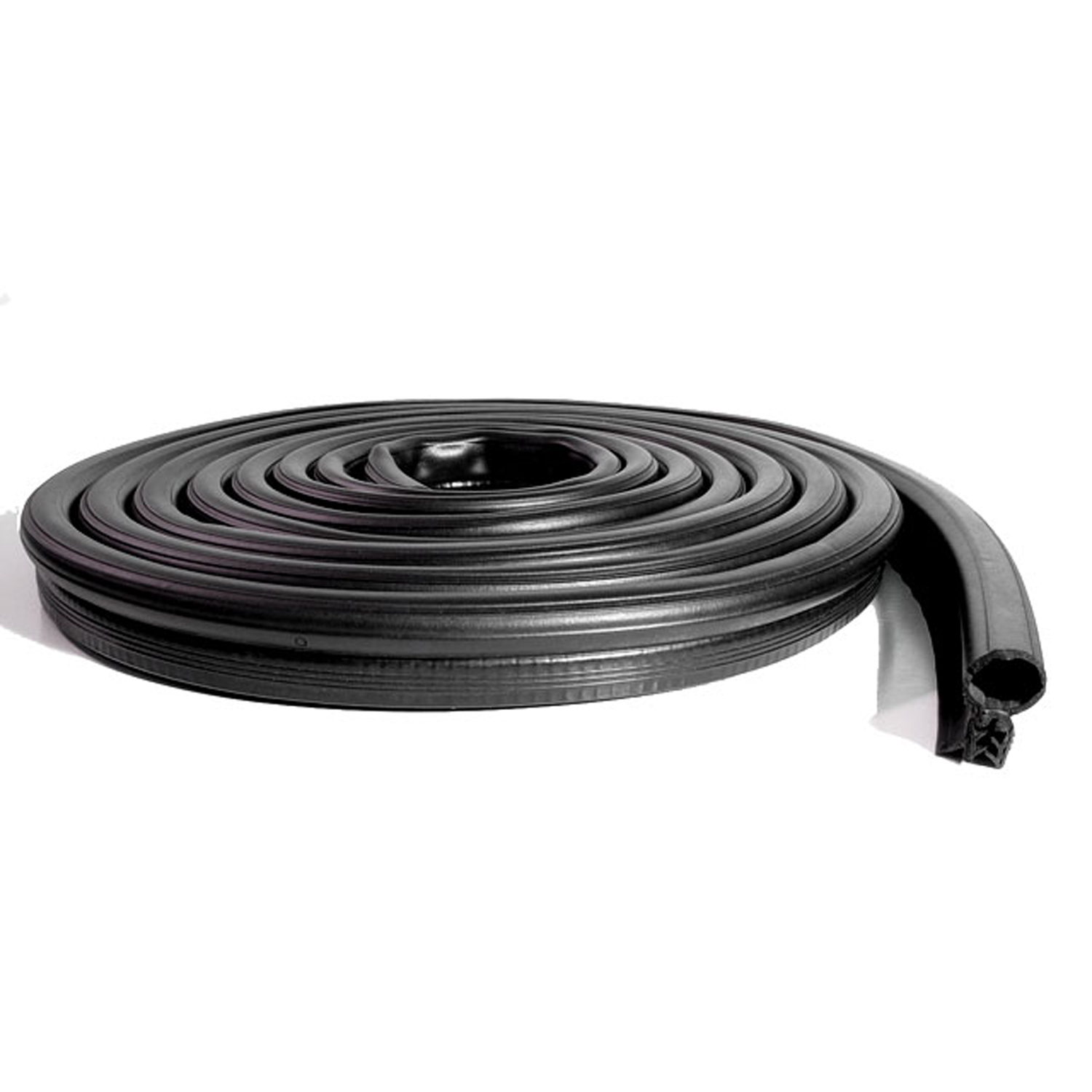Image of 1988 Pontiac Safari, Note: These illustrations use artistic license and may differ from actual historical models.
Performance Metrics
Fundamental Metrics
Emotional Appeal
MMP Rating
| Engine Specifications | |
|---|---|
| Engine: | 5.0L V8 |
| Displacement: | 305 cu in (5.0L) |
| Horsepower: | 140-170 hp |
| Torque: | 255-275 lb-ft |
| Compression Ratio: | 9.3:1 |
| Ignition System: | Electronic |
| Cooling System: | Liquid-cooled |
| Performance Specifications | |
| 0-60 Time: | 11-13 seconds |
| 1/4 Mile Time: | 18-20 seconds |
| Top Speed: | 105-110 mph |
| Transmission and Drive | |
| Drive Type: | Rear-wheel drive |
| Transmission Type: | 4-speed automatic |
| Fuel and Efficiency | |
| Fuel System Type: | Fuel injection |
| MPG: | 15 city / 22 highway |
| Dimensions and Brakes | |
| Brakes: | Front disc / rear drum |
| Wheelbase: | 115.9 inches |
| Weight: | 4,500 lbs |
Note: Specifications for classic cars are given to the best of our ability, considering the limited and variant data available.
Introduction
The 1988 Pontiac Safari stands as a testament to an era when station wagons ruled the suburban driveways of America. Born from the distinguished lineage of Pontiac, a General Motors marque known for performance-oriented vehicles, the Safari was a blend of practicality and style. Its historical context is rooted in the tail end of the station wagon's golden age, just before minivans and SUVs would dominate family transportation. A notable moment in its history is its role as one of the last traditional rear-wheel-drive wagons offered by an American automaker.
Design and Innovation
The 1988 Pontiac Safari boasted a classic American wagon silhouette, with a long roofline and generous chrome accents that exuded road presence. The exterior styling was characterized by angular lines and a front fascia that reflected Pontiac's design language of the time. Inside, occupants were greeted with a spacious cabin, where comfort was prioritized with plush seating and woodgrain trim that adorned the dashboard and door panels. Technological features included power windows, door locks, and for some, an optional third-row seat that faced rearward. Color options ranged from conservative shades to more vibrant hues, with Dark Maple Red Metallic being a popular choice. The most iconic body style was the traditional four-door wagon with optional wood paneling that harkened back to the "woodies" of yesteryear.
Historical Significance
The 1988 Pontiac Safari's impact on automotive design may not have been revolutionary, but it represented the culmination of decades of station wagon evolution. It set itself apart with its commitment to maintaining a rear-wheel-drive layout when competitors were shifting to front-wheel drive platforms. This choice preserved the driving dynamics favored by wagon enthusiasts and solidified its place in automotive history as one of the last traditional American wagons.
Performance and Handling
Under the hood, the Safari was equipped with a 5.0-liter V8 engine that delivered smooth acceleration rather than breakneck speed, with 0-60 mph times that were modest by today's standards. The top speed was adequate for highway cruising, reflecting its family-oriented design priorities. Handling characteristics were typical for large wagons of the time; it managed bumps with composure thanks to its soft suspension setup. Drivers could expect a relaxed driving experience, punctuated by the V8's burble and the comfortable glide over long distances.
Ownership Experience
The Safari served primarily as a daily driver for families, though some found their way into car shows due to their classic appeal. Maintenance was relatively straightforward given its shared components with other GM models, making repairs manageable for the average owner. However, as with many vehicles of its age, finding parts today can be more challenging.
Fun Facts
One interesting trivia about the 1988 Pontiac Safari is that it shared its platform with several other GM models, making it part of a larger family of vehicles known as the B-body platform. While not known for breaking speed records or starring in blockbuster movies, it has appeared in numerous films and TV shows set in its era, often portraying the quintessential family hauler.
Collector's Information
The current value range for collectors varies widely based on condition and originality, but generally falls between $5,000 to $15,000. Rarity is moderate as many were produced for family use; however pristine examples are becoming harder to find. The market trend shows slight appreciation for well-maintained or low-mileage Safaris as nostalgia for classic wagons grows among enthusiasts.
Conclusion
The 1988 Pontiac Safari wagon may not be remembered for groundbreaking innovation or earth-shattering performance, but it encapsulates an important chapter in American automotive history—a time when station wagons like itself were integral to family life and road trips across the country. As we look back on this era with fondness, vehicles like the Safari remind us of simpler times and continue to hold a special place in the hearts of classic car aficionados.
1988 Pontiac Safari Catalog of Parts
 1988 Pontiac Safari Trunk Seal (Imported). Made with steel cores-IS-MW00101Trunk Seal (Imported). Made with steel cores. 1-3/8" X 3/4" X 17'. Each
1988 Pontiac Safari Trunk Seal (Imported). Made with steel cores-IS-MW00101Trunk Seal (Imported). Made with steel cores. 1-3/8" X 3/4" X 17'. Each 1988 Pontiac Safari Front Molded Door Seals with Blue Clips-LM 18-L/BCFront Molded Door Seals with Blue Clips. For 4-door sedans and wagons with RWD. Pair R&L
1988 Pontiac Safari Front Molded Door Seals with Blue Clips-LM 18-L/BCFront Molded Door Seals with Blue Clips. For 4-door sedans and wagons with RWD. Pair R&L 1988 Pontiac Safari Trunk seal-MW00101Trunk seal. Also replaces '75-'79 Buick Skylark hatchback seal. Made with steel cores. 1-3/8 in. x 3/4 in. x 17 ft. L. Each.
1988 Pontiac Safari Trunk seal-MW00101Trunk seal. Also replaces '75-'79 Buick Skylark hatchback seal. Made with steel cores. 1-3/8 in. x 3/4 in. x 17 ft. L. Each.Why Choose Metro?
For over 100 years, Metro Moulded Parts has been the pinnacle of quality in classic car restoration parts. Our commitment to precision and authenticity in every component ensures a perfect fit and an OEM-level appearance.
- Expert Craftsmanship & Quality: Each part is a testament to our dedication to reliability and perfection, crafted from original designs and thoroughly tested.
- Advanced Technology: We use cutting-edge techniques to create flawless, long-lasting parts that surpass others in performance.
- SuperSoft Sponge – The Ultimate Door Seal: Not only are our door seals 30% softer than competitors', but they're also guaranteed to never leak. They effectively reduce wind and road noise, enhancing your classic car's comfort and driving experience.
- Proudly American: Our parts are a product of American craftsmanship, made in the USA with a spirit of excellence and heritage.
- Unrivaled Warranty: We back our products with a 30-year industry-leading warranty, a testament to our confidence in their quality.
Join us in preserving the legacy of classic cars with parts that are crafted for perfection, not just made.

